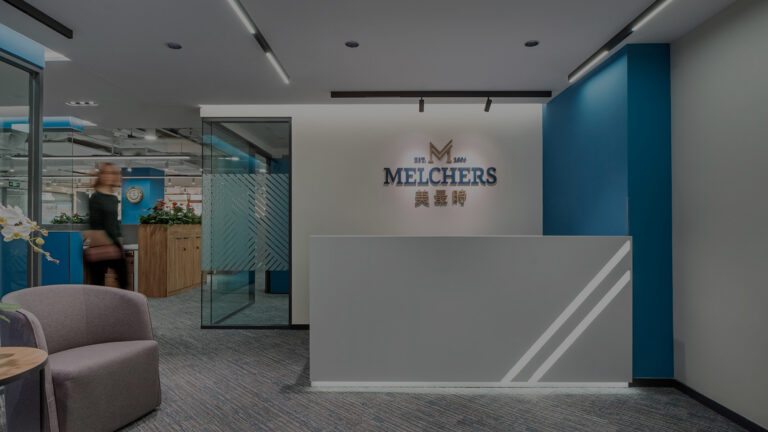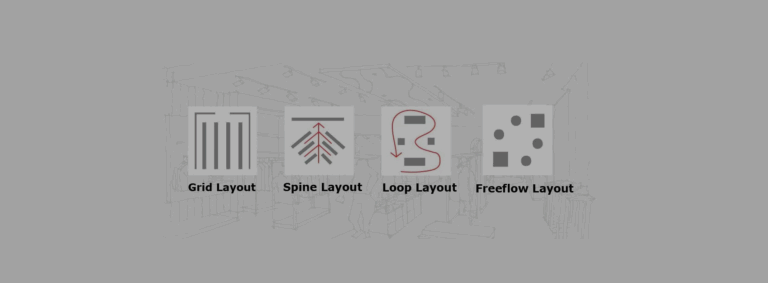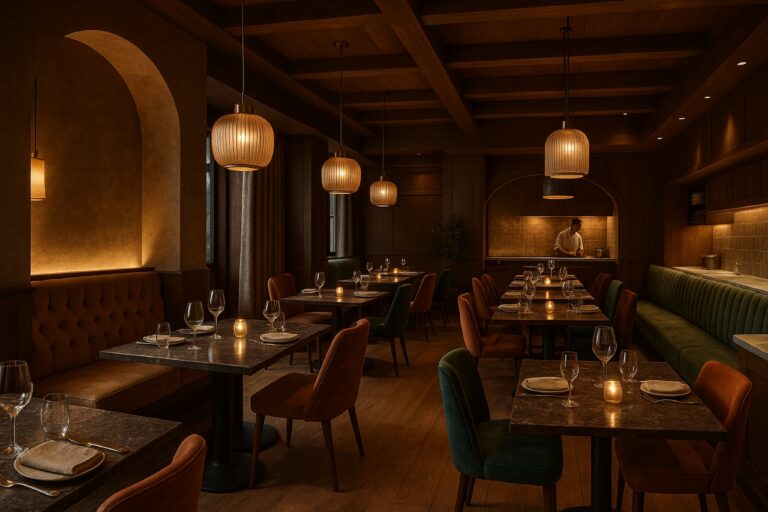We have come to our last article on the Retail Design Principles; Contrast and Details. In the previous three articles, we introduced eight topics as the basic elements of interior design. If you missed them, we suggest reading them to fill yourself in:
- Harmony & Unity, Gestalt, and Space
- Dominance, Hierarchy, and Balance
- Scale & Proportion, Rhythm & Repetition
Contrast
Contrast is not just an aesthetic tool to make things look nicer, prettier, it is also highly functional. The definition for it is when two elements with opposing characteristics are placed together. It can be achieved easily when these two things are different regarding a common principle or aspect such as color, size, texture, style, and the use of positive and negative spaces. It has a psychological effect on people since the existence of contrast is why we can see and identify things.
The level of contrast can vary from subtle differences to extreme ones. A high level of contrast may appear aggressive, bold, dynamic, energetic, or attention-seeking. On the other hand, a low level may create the opposite effect, a more static, blended, and more peaceful environment. The appropriate level of contrast depends on the desired effect or impact. The chosen level of contrast affects how things appear; some items will be contrasted while others won’t be within one composition.
We can differentiate different types of contrasts in interior design:
- masculine versus feminine
- geometric versus organic
- plain versus ornate
- small versus big
- dull versus bright
- dark versus light
- old versus new
- textured versus smooth
- light versus heavy
- fragile versus sturdy
The whole design concept for the Swiss National Pavilion evoked around contrast. The objective was to represent both traditional and modern aspects of Switzerland. For that 5 Star Plus Retail Design used various types of contrast. Playing with contrasting colors (white and red) and materials (red metal structure and natural wood) helped to create the desired feeling. The back wall of the bar and chalet element evoked a slightly traditional feel, the enwrapping counter desk was designed to set a modern contrast in white with LED lighting accents.
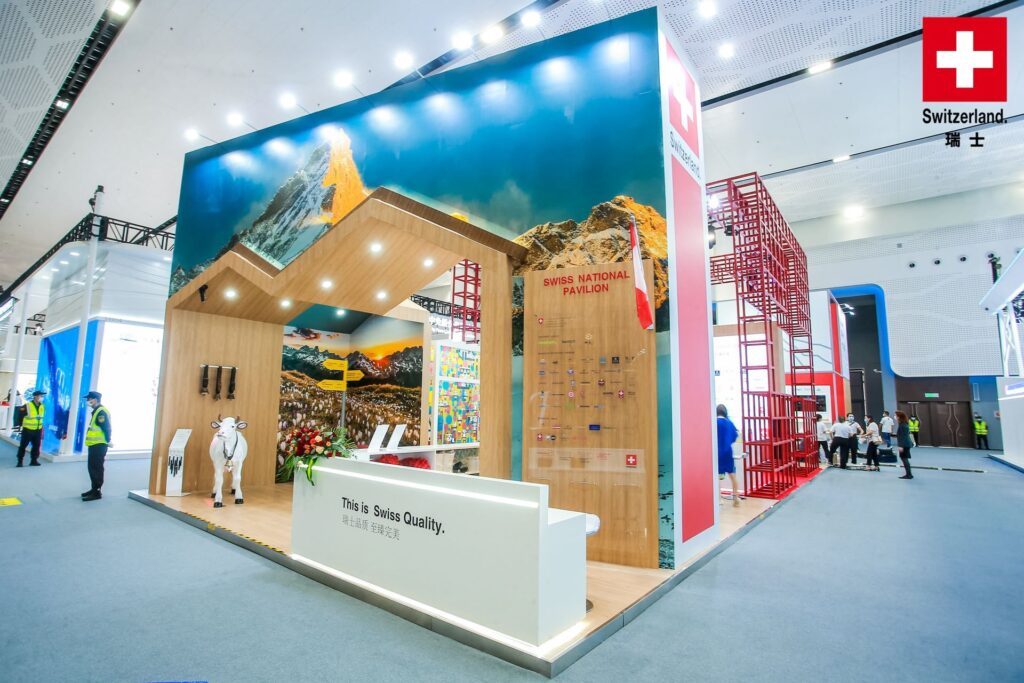
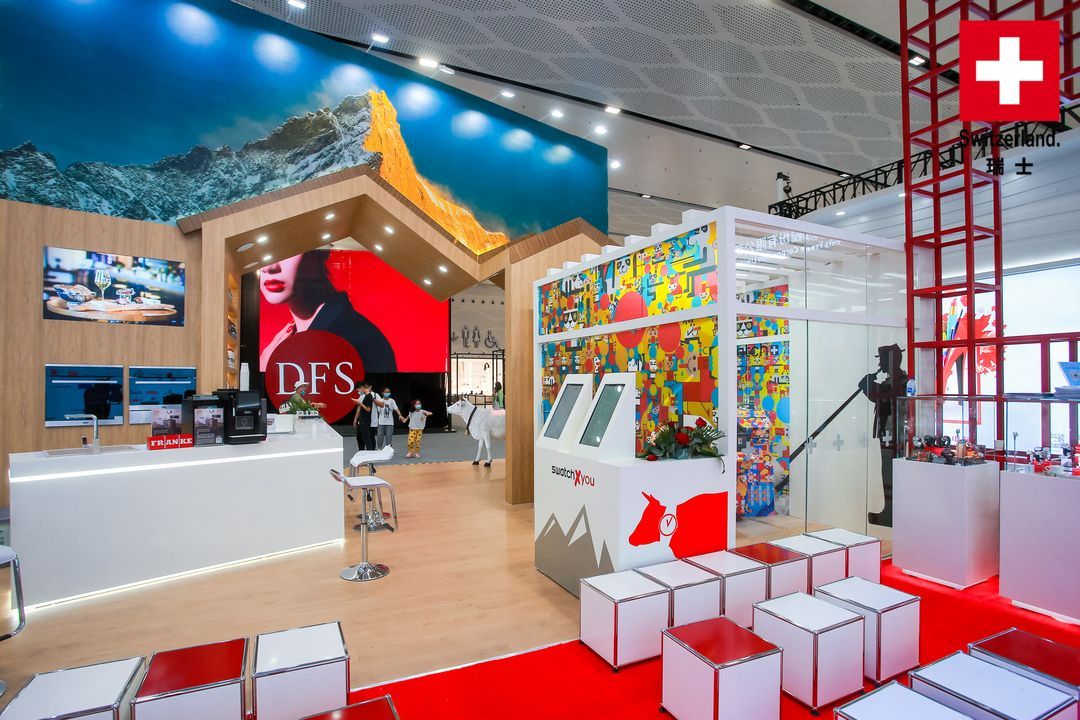
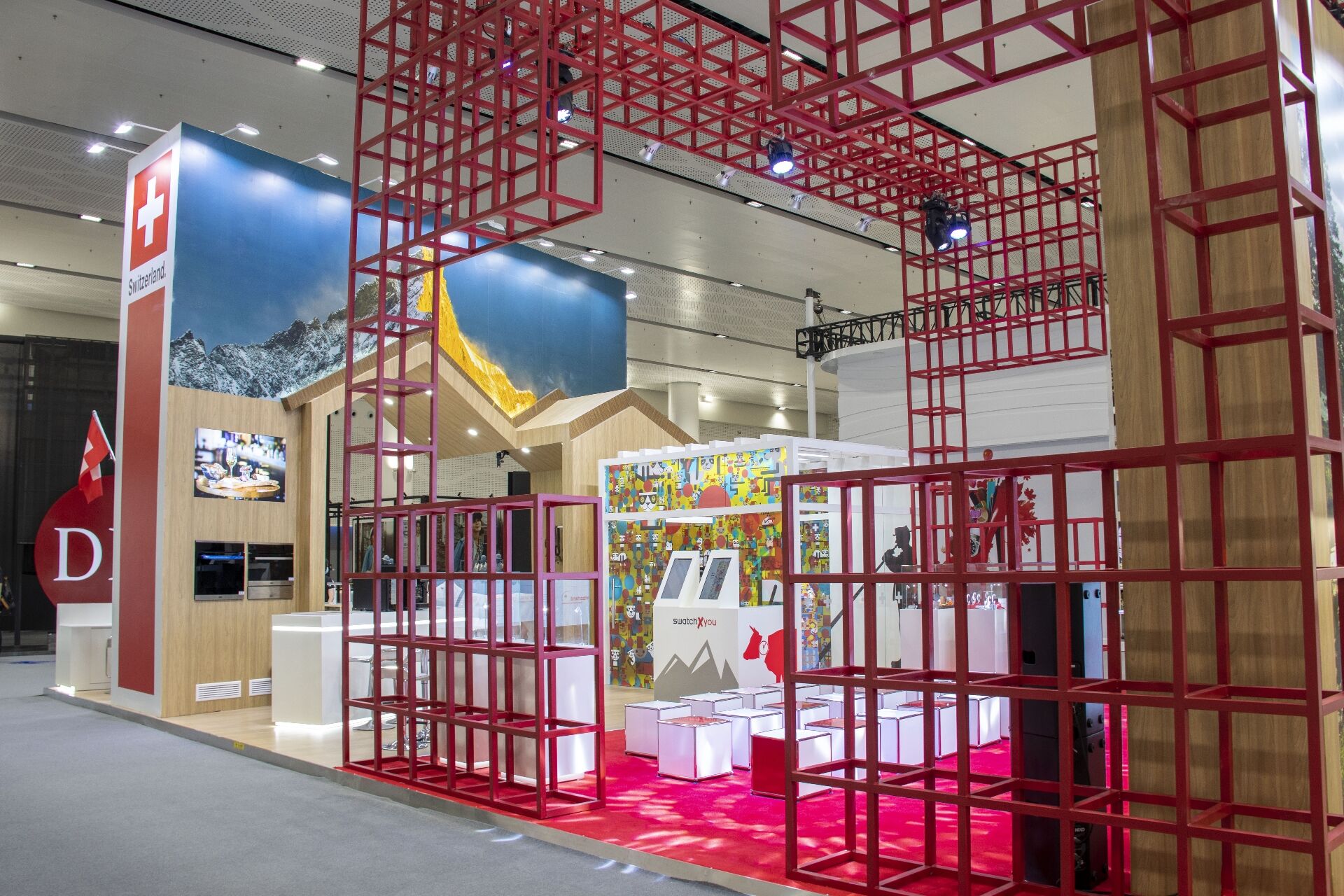
Details
Details are one of the most important interior design principles. It means that the designer pays attention to the project’s smallest details in the interior. Everything from the material choice to light switches, the handles on the cupboards, lighting fixtures, wall finishing, and other decorative elements are all classified as details in the interior. Details should be in line with the overall design concept, the artistic inspiration, and the positioning of the brand. It also serves as a display of the quality of the project.
Details enhance the overall theme of the space and need to be just right. Small details might not have a huge impact by themselves but when they are grouped together, they are the perfect tool for composing a perfectly-finished retail environment. Small details should not be overlooked as they can create a sensation of unfinished space, where people feel that something is lacking.
For Marja Kurki, details were one of the most vital aspects. Because of the floor plan restrictions and the absence of walls, they needed unique displays to grab visitors’ attention. Modular structures, circular tables make the product representation more attractive. Artificial marble and bronze textures were used to help shift the store design from a more traditional to a lighter, modern one. The “Scarves Tree” fixture is aimed not only to display the brand’s most recent pieces but also to enforce their statement – “Fashion accessories made of natural materials”.
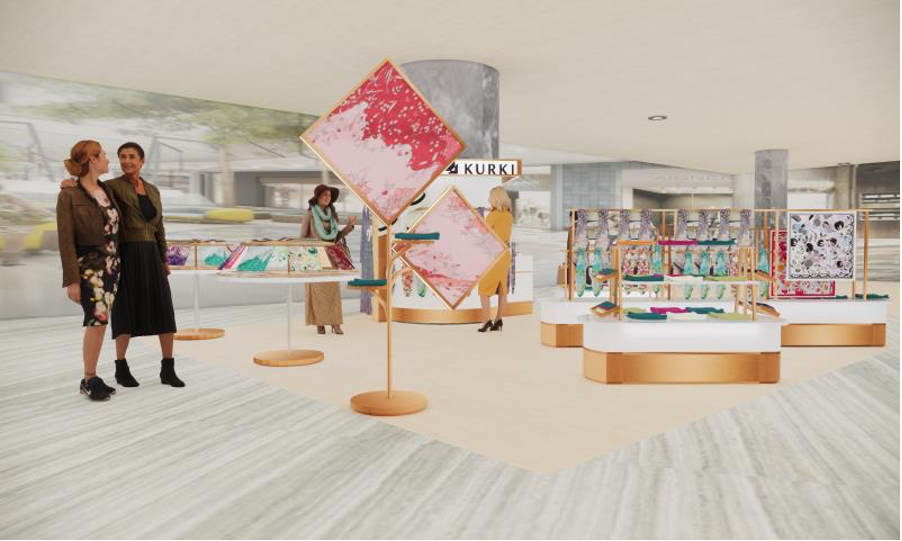
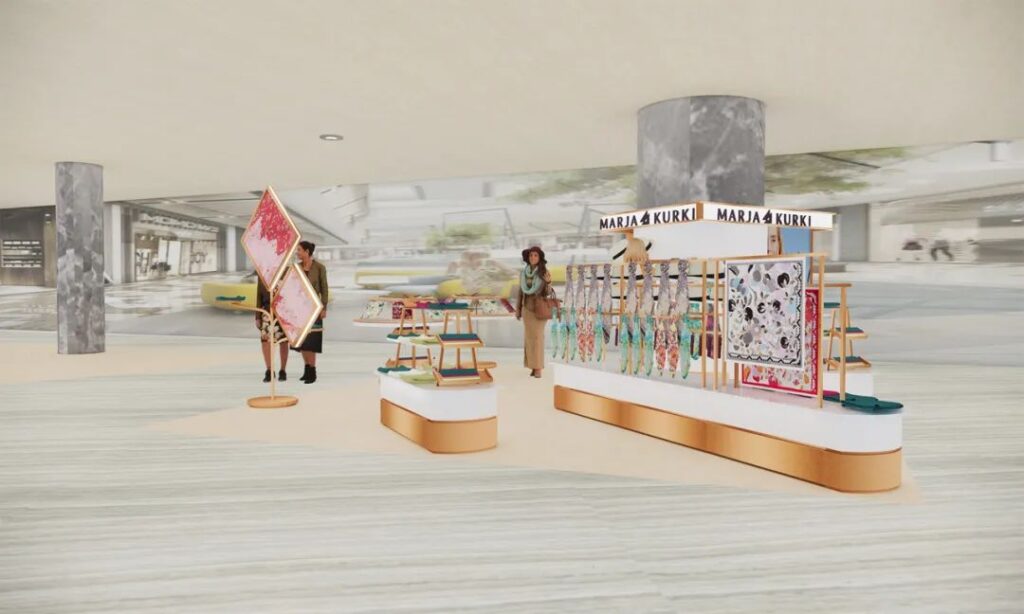
The interior design principles that we introduced in this series are the base and foundation of every design project. Every great interior designer will know how to incorporate some or all of these to enforce the message and strengthen the brand. We hope you have enjoyed our glimpse into the principles of interior design. Using these guidelines in a precise yet creative way will give places a character and identity.

